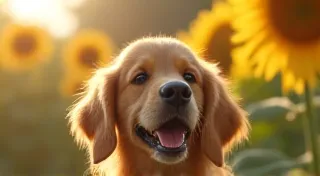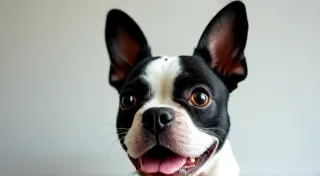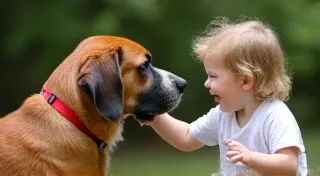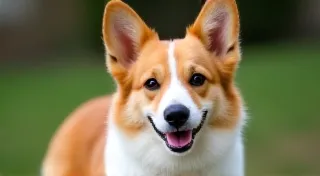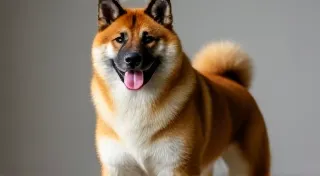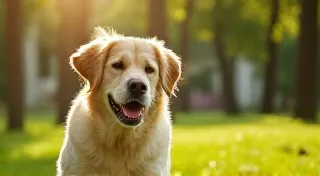Bichon Frise Grooming: Mastering the 'Cloud' Look
The Bichon Frise, with its charming personality and undeniably adorable appearance, is instantly recognizable. That "cloud-like" coat isn't just a matter of genetics; it's the result of dedicated and skilled grooming. Achieving the perfect Bichon Frise look requires understanding their unique coat type and employing specific techniques. This guide will walk you through the essential steps for maintaining a healthy, fluffy Bichon Frise.
Understanding the Bichon Frise Coat
Bichon Frise coats are double-coated. This means they have a soft, dense undercoat and a coarser outer coat. The undercoat provides insulation, while the outer coat protects the skin. This combination makes them prone to matting if not properly cared for. Their hair grows continuously, unlike many breeds that shed seasonally. This continuous growth necessitates regular grooming to prevent overgrowth and maintain their signature look.
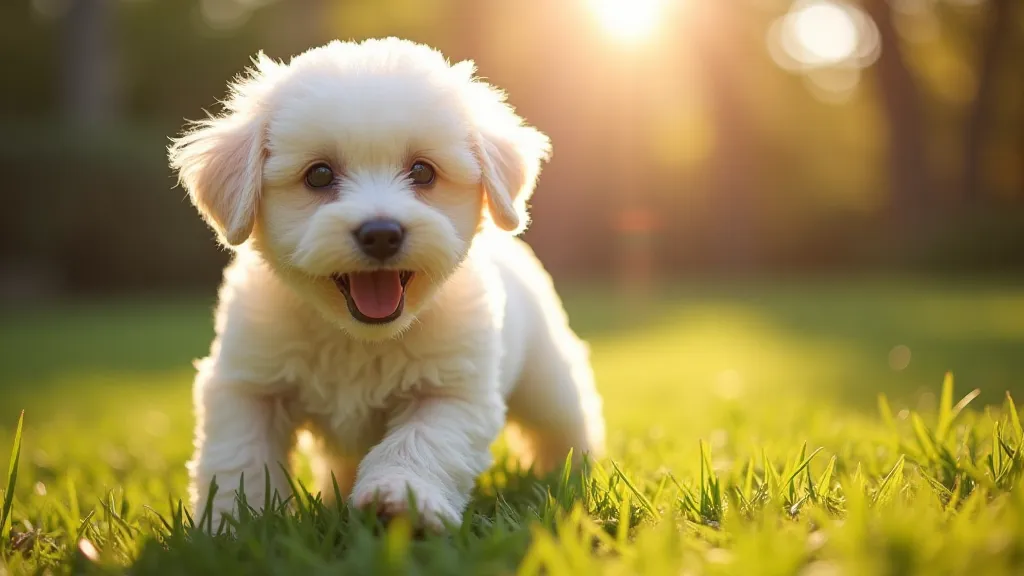
Brushing: The Foundation of a Fluffy Bichon
Brushing is arguably the most crucial aspect of Bichon Frise grooming. Without a solid brushing routine, all the bathing and trimming in the world won’t overcome matting.
- Frequency: Aim to brush your Bichon Frise daily. Even a quick 10-15 minute session makes a huge difference.
- Tools: You're going to need several tools:
- Slicker Brush: To remove loose hair and detangle.
- Metal Comb: Essential for checking for mats, especially near the ears, armpits, and groin. The comb should be able to pass through the coat easily – if it snags, there's a mat.
- Pin Brush: Helps to lift the coat and distribute oils.
- Technique: Brush in the direction of hair growth, ensuring you reach the skin. Pay close attention to areas prone to matting.
Bathing: Keeping Things Clean & Fluffy
Bathing helps to remove dirt, debris, and excess oils. Over-bathing, however, can strip the coat of its natural oils and cause dryness.
- Frequency: Aim for bathing every 2-4 weeks, or as needed.
- Shampoo & Conditioner: Use a dog-specific shampoo and conditioner formulated for double-coated breeds. Look for moisturizing formulas.
- Rinsing: Rinse thoroughly to remove all traces of shampoo and conditioner.
- Drying: A high-velocity dryer is your best friend. It blasts out moisture quickly, preventing mats from forming while the coat is wet. Brush while drying to keep the coat fluffy.
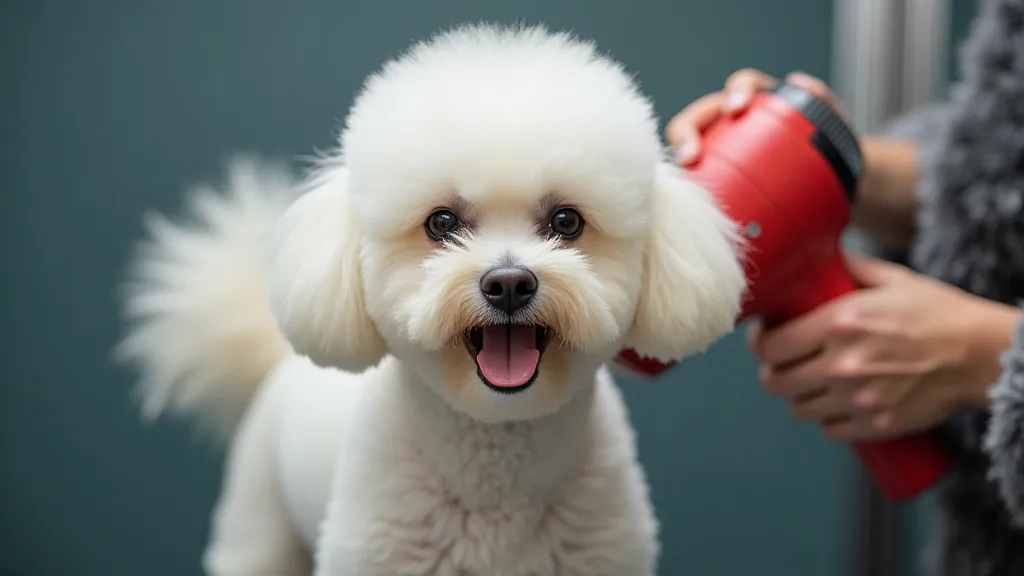
Trimming: Achieving the Iconic Look
Trimming a Bichon Frise requires skill and practice. The goal is to maintain the round, teddy bear-like appearance.
- Professional Help: Consider having a professional groomer trim your Bichon Frise at least a few times a year, especially when starting out. Watch what they do and ask questions.
- Tools: You'll need clippers with a variety of blade lengths.
- Areas to Trim:
- Face: The face is trimmed to create a sweet, expressive look.
- Legs & Paws: Legs are usually trimmed shorter than the body to create the illusion of longer legs.
- Tail: The tail is typically trimmed neat and tidy.
- Body: The body is scissored to maintain the round shape, using a longer length on the ears and a slightly shorter length on the rear to create the 'cloud' effect.
- Sanitary Trim: Don’t forget a sanitary trim around the rear end to keep things clean and hygienic.
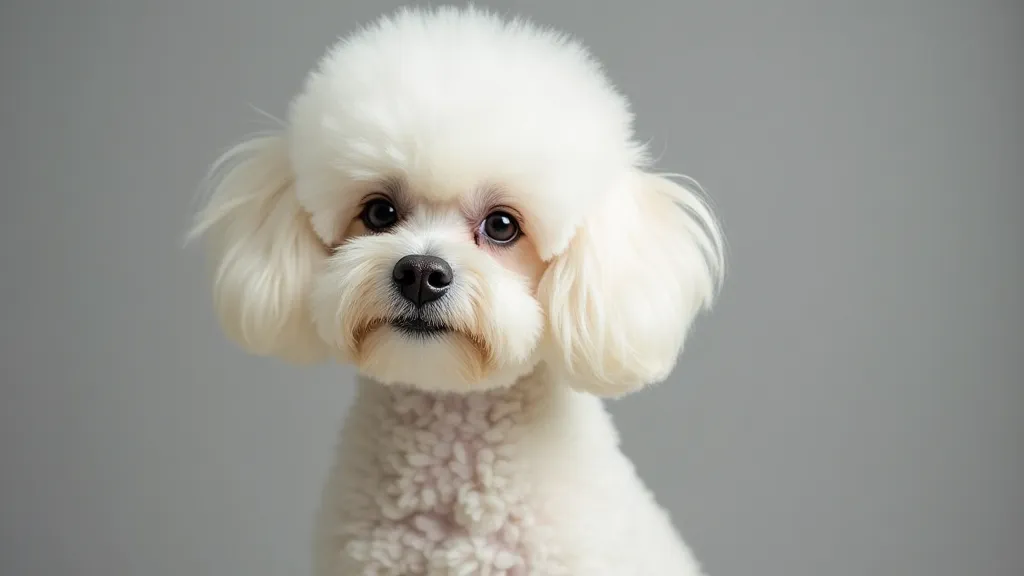
Maintenance & Tips
- Ear Cleaning: Bichons are prone to ear infections. Clean their ears weekly with a dog-specific ear cleaning solution.
- Nail Trimming: Keep their nails trimmed regularly to prevent overgrowth and discomfort.
- Regular Checkups: Take your Bichon Frise to the vet for regular checkups to ensure their overall health.
Grooming a Bichon Frise is a commitment, but the rewards – a happy, healthy, and beautifully fluffy dog – are well worth the effort!
